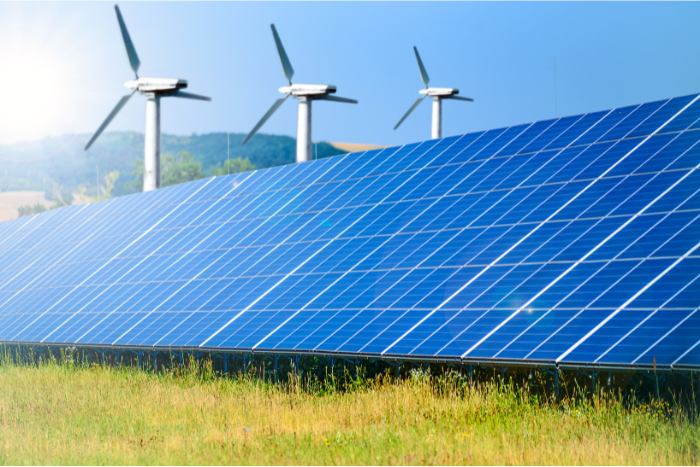The first official global review has found that the world is “at risk of missing” the target of tripling renewable energy capacity by 2030, despite record growth last year, according to IRENA Director-General Francesco La Camera, who spoke at a pre-COP meeting in Baku. At the current pace, the world is projected to deliver only half of the required growth in renewable power by 2030, based on an assessment by the International Renewable Energy Agency (IRENA), Climate Home News reported.
The outlet noted that except for solar power, planned capacity additions for other renewable technologies are below the levels needed to meet the target of tripling renewables to 11.2 terawatts by 2030, with a likely shortfall of 34%. While a “record” 473 gigawatts of renewable power capacity was added globally in 2023, the growth rate remains insufficient, as it needs to increase to 16.4% annually to meet the 2030 target, IRENA’s report stated.
India added over 11 GW of solar modules and 2GW of cell manufacturing capacity in 2024 first half: Study
India manufactured 11.3 gigawatt (GW) of solar modules and 2-GW of solar cell capacity in the first six months of 2024, a Mercom study stated. Manufacturing was driven by strong demand, with 132.7 GW of solar in the pipeline between 2024 and 2026 and the reimposition of the Approved List of Models and Manufacturers (ALMM) order from April 2024, the report said.
The country’s cumulative solar module manufacturing capacity reached 77.2 GW, and solar cell manufacturing capacity totaled 7.6 GW as of June 2024, the study said, adding that 51 GW of module capacity across various technologies and wattages had received ALMM certification at the end of June 2024.
India must increase wind energy capacity by 22% annually to meet its 122 GW by 2031 target
Latest analyses by Ember stated that India needs to “ramp up wind energy deployment by 22% annually” to meet its target of generating 122 GW of wind power by 2032, ET reported.
The report found that 21 Indian states have set targets to contract over 100 GW of wind capacity by 2030 to meet renewable purchase obligations and diversify their renewable energy portfolios.
The newspaper said even states with limited wind potential, such as Odisha, Jharkhand, Punjab, and Bihar, are expected to contribute by importing surplus wind power from wind-rich states. “Wind energy’s complementarity with solar is crucial to addressing India’s increasing clean energy needs during non-solar hours,” said Ruchita Shah, Electricity Policy Analyst, Ember.
Rooftop solar may increase daytime temperatures in cities by up to 1.5°C: Study
Rooftop PV solar has “unintended” impacts on temperatures in urban environments. Rooftop arrays, for example, may potentially raise daytime temperatures in urban environments by up to 1.5°C and lower nighttime temperatures by up to 0.6 °C, new research from India showed, according to PV Magazine report.
The outlet added that an international group of scientists created a new model that utilises the latest weather research and forecasting (WRF) model, integrating the building energy model (BEM) and the building effect parameterisation (BEP) into it. The model was validated against 10 observation stations in Kolkata, India, using experimentally validated models, the report said.
About The Author
You may also like
Non-Fossil Fuels Generates One-Third of India’s Electricity in 2025
India on track to achieve 2030 clean energy target
India to add 45GW solar capacity in FY 2026: Study
Government Proposes for ALMM Expansion for Solar Backward Integration
China’s renewable energy expansion can fuel global energy transition: Report

